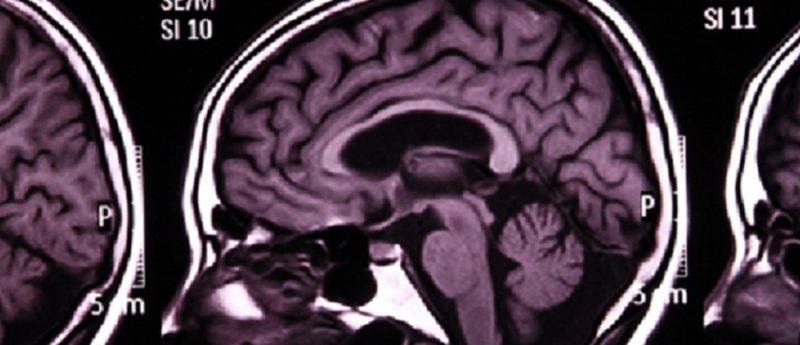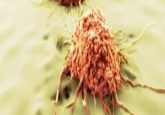Therapeutic targeting of tumor-associated macrophages and microglia in glioblastoma

Glioblastoma multiforme (GBM) is the most common and aggressive primary brain tumor, accounting for approximately 15% of all primary brain tumors in adults. Despite therapeutic intervention involving surgical resection, ionizing irradiation (IR) and temozolomide, prognosis remains poor, with a median survival of 14.6 months, and a 5-year survival rate of only 3.3% [1]. Due in part to this dismal prognosis, GBM was one of the first diseases to be characterized by The Cancer Genome Atlas. Early reports identified distinct transcriptional subtypes of GBM, in addition to an epigenetic subtype (G-CIMP) associated with IDH1 mutations [2,3]. While recurrent mutations in EGF receptor and PDGF receptor A have been identified in GBM, neither has emerged as an encouraging target for therapeutic intervention [4]. In addition to the inability of most pharmacological agents to cross the blood–brain barrier, it has also become clear that the substantial intratumoral heterogeneity of GBM [5,6] may preclude the efficacy of a single therapeutic agent.
Click here to view full article.





